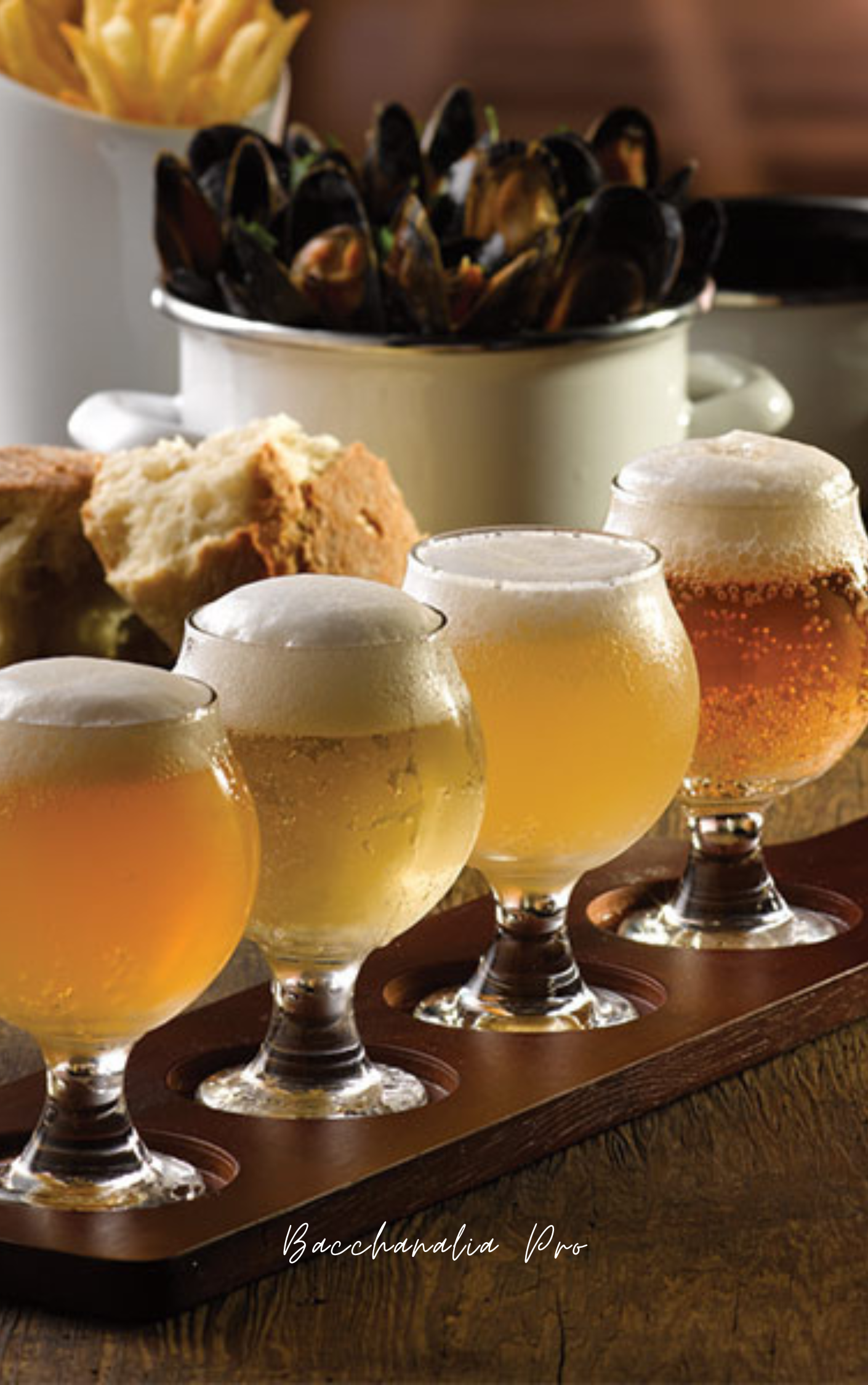A Study Guide for Beer involves understanding various aspects including the history, brewing process, types of beer, tasting techniques, and the global beer market. Below is a comprehensive introduction to such a guide:
Historical Context of Beer
Beer, arguably one of the oldest and most widely consumed alcoholic beverages, has a rich history dating back to at least the 5th millennium BC in Iran. The art of brewing beer was honed in ancient Mesopotamia and subsequently spread across the world. The beverage played significant roles in various cultures, often intertwined with religious and social customs.
Understanding the Brewing Process
The brewing process is central to the production of beer. It involves several key steps: malting, mashing, boiling, fermenting, conditioning, and packaging. Each stage has its nuances and directly influences the flavor, aroma, and appearance of the beer.
Malting
Malting initiates the brewing process by converting raw grains into malt. The grains are soaked in water, allowed to germinate, and then dried in a kiln.
Mashing
In mashing, the malt is mixed with hot water to activate enzymes, which convert starches into fermentable sugars.
Boiling
The sugary liquid, called wort, is boiled and hops are added for bitterness, flavor, and aroma.
Fermentation
Yeast is introduced to the cooled wort, commencing fermentation, where sugars are converted into alcohol and carbon dioxide.
Conditioning
The beer is aged to develop flavors and remove unwanted byproducts.
Packaging
Finally, the beer is filtered and packaged into bottles, cans, or kegs.
Types of Beer
Beer diversity is vast, with styles ranging from light lagers to dark stouts. Each type has unique characteristics:
Lagers: Fermented at lower temperatures, lagers are generally crisp and clean.
Ales: Brewed at higher temperatures, ales tend to be more robust and complex.
Stouts and Porters: Darker beers with rich, roasted flavors.
IPAs (India Pale Ales): Known for their strong hop character and higher alcohol content.
Wheat Beers: Light and refreshing with a notable wheat presence.
Tasting Techniques
Understanding the sensory aspects of beer is crucial. Tasting involves examining the appearance, aroma, flavor, mouthfeel, and aftertaste of the beer. This sensory evaluation helps in appreciating the intricate balance between bitterness, sweetness, acidity, and other flavor profiles.
The Global Beer Market
The beer industry is a significant contributor to the global economy. Trends in the beer market reflect consumer preferences and cultural shifts. Craft breweries have risen in popularity, emphasizing quality, flavor, and traditional brewing methods.
This introduction lays the foundation for a comprehensive exploration of the world of beer. Further sections of the guide would delve deeper into each of these aspects, providing a thorough understanding for both enthusiasts and professionals in the field.
Middle Ages to Industrial Revolution

Brewer's Odyssey
Modern Era

Brewer's Odyssey
Beer in Various Cultures

Brewer's Odyssey
Beer and Social Dynamics

Brewer's Odyssey
Ingredients and Processes

Brewer's Odyssey
Styles and Varieties

Brewer's Odyssey
Flavor, Aroma, and Appearance

Brewer's Odyssey
Beer Industry and Market Trends

Brewer's Odyssey
Business and Marketing

Brewer's Odyssey
Regulations and Standards

Brewer's Odyssey
Ethical Issues

Brewer's Odyssey
Innovations in Brewing

Brewer's Odyssey
Digitalization and Data Analytics

Brewer's Odyssey
Beer in a Globalized World
